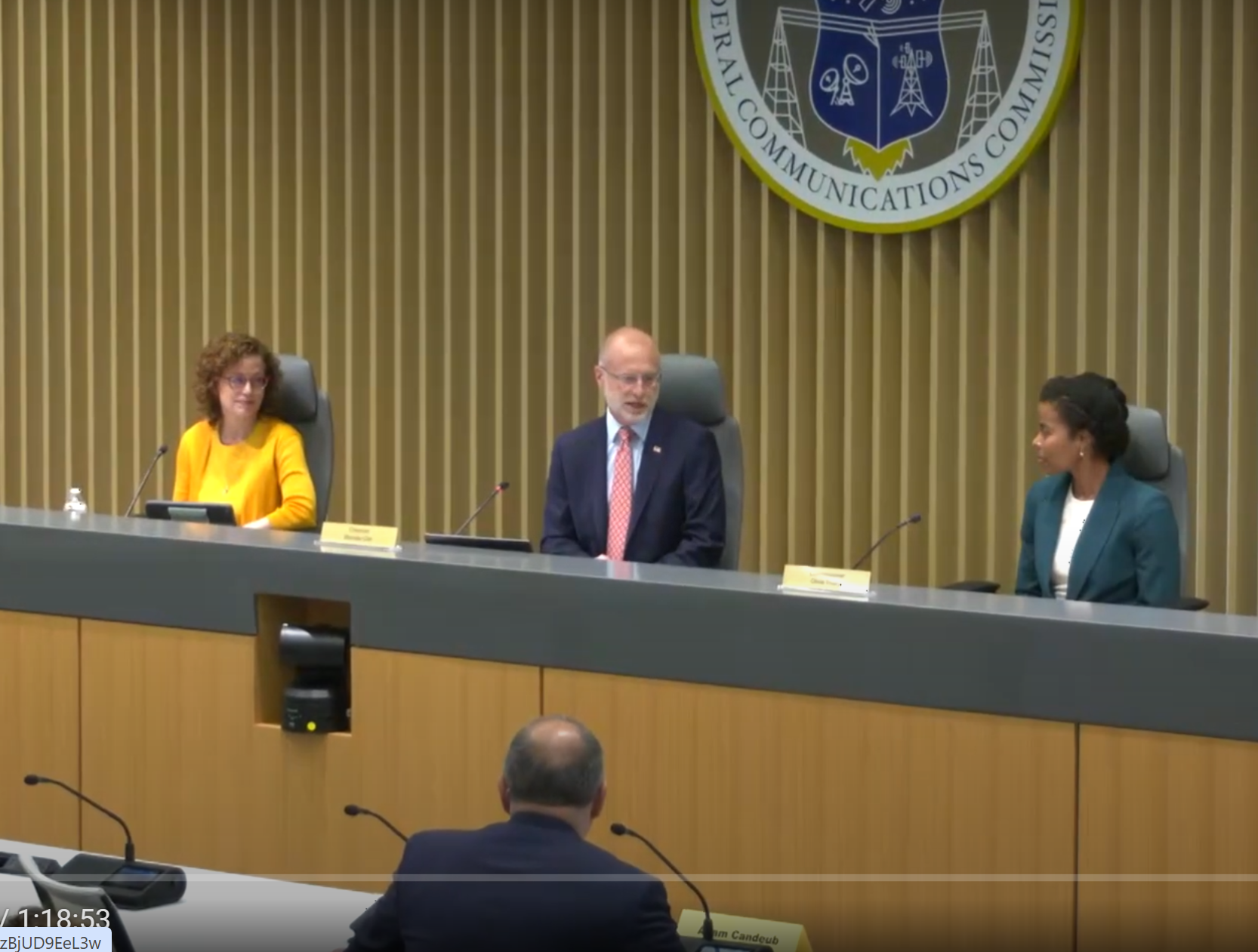NAB Show Pt. II: Focus Shifts to Supporting ATSC 3.0
Tech innovators turn to tweaking products to ease the rollout of NextGen TV
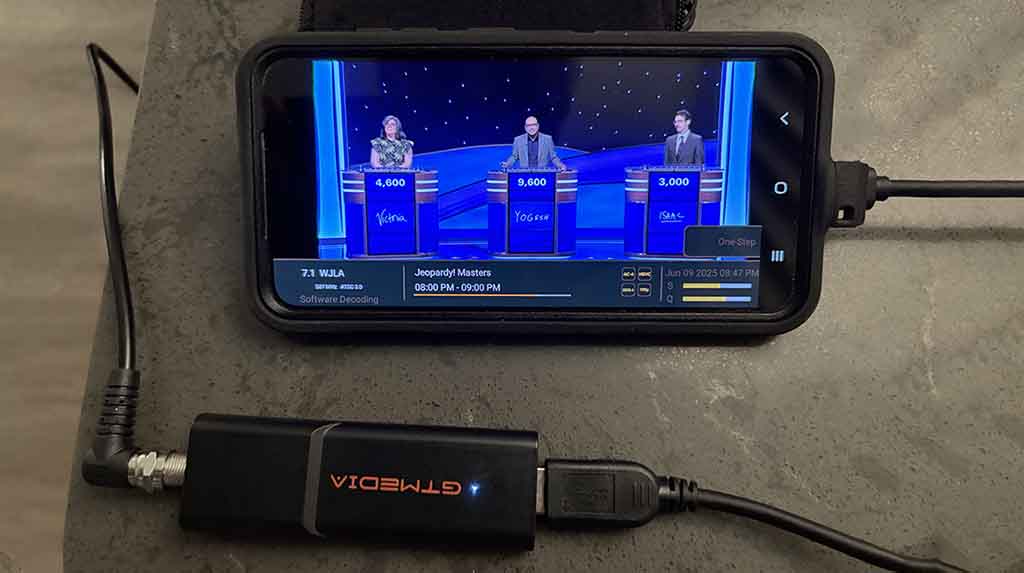
Typically after an NAB Show, I’d be writing about new transmitter innovations, new antenna designs and new RF test equipment. This year, I didn’t find many. Existing products saw some improvements, but nothing like I saw at past shows, as transmission technology evolved from klystrons to IOTs to solid-state amplifiers, which in turn evolved to LDMOS transistors and Doherty amplifiers. DTV modulators evolved from card frames filled with circuit boards to a few chips taking up less than a postcard’s space on a circuit board.
While I didn’t see many new products, I did see existing products and software that had been improved to better support ATSC 3.0 and make conversion to ATSC 3.0 easier.
UDP Over IP Issues
Stations and station groups have started relying on internet connections and cloud-based encoding, and converting these distribution platforms will be more complicated. Fortunately, the ATSC STLTP (Studio-to-Transmitter Link Transport Protocol) standard works great for point-to-point distribution, but use of User Datagram Protocol (UDP) over the internet can cause problems.
With ATSC 1.0, if an ASI or UDP packet is lost, the viewer may experience a brief freeze in the picture or a short audio interruption. With ATSC 3.0, if an STLTP UDP packet is lost and STLTP’s forward error correction can’t fix it, transmitters today will kill the RF, which can take several seconds to return to full power when the next good packet is received.
Packet loss and latency variations on internet links require the use of additional protocols such as SRT and RIST. Papers in Broadcast Engineering and IT (BEIT) sessions from One Media Technologies and Amazon Web Services (AWS) described cloud-native ATSC 3.0 distribution systems.
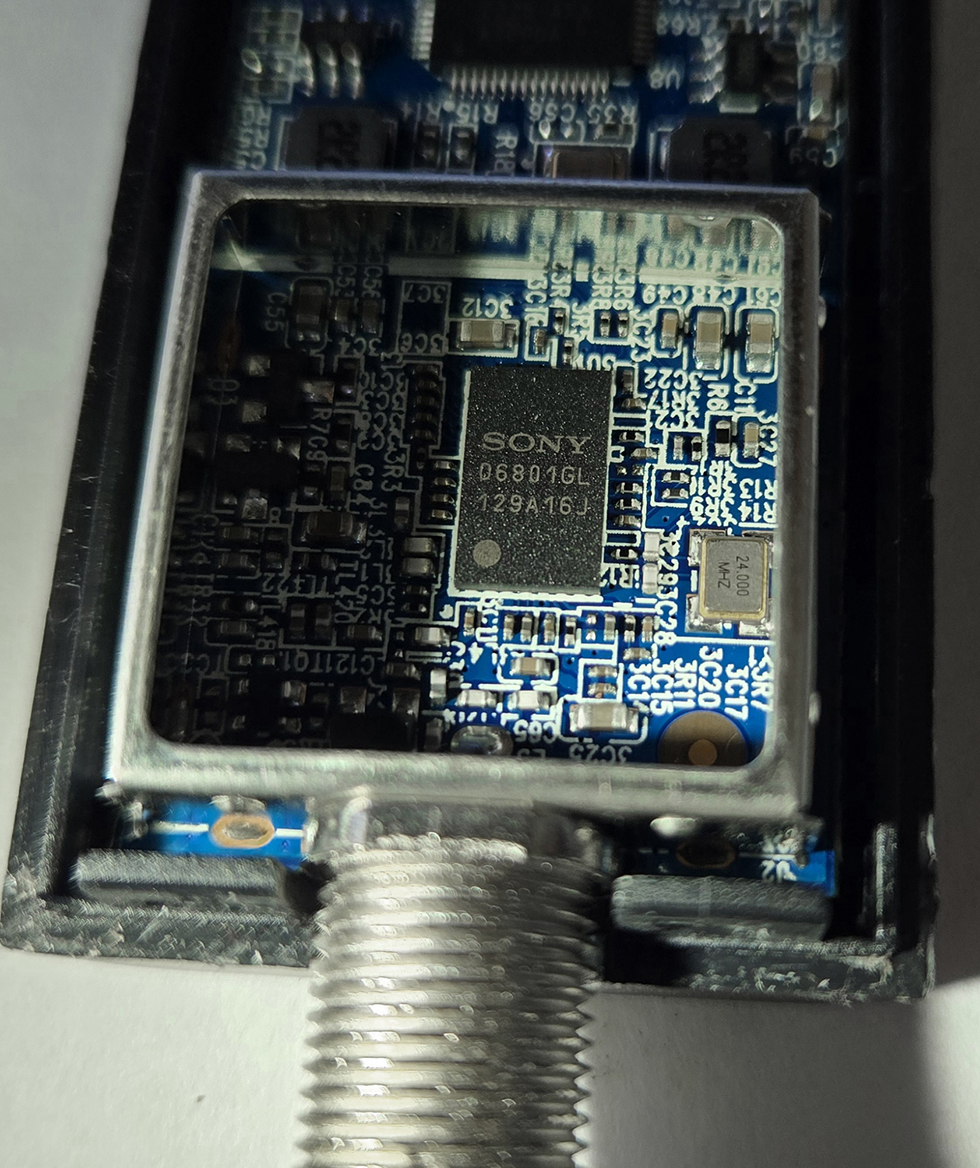
See the AWS presentation “ATSC 3.0 and TV 3.0 in the Cloud,” available in the BEIT Proceedings, for an excellent description of the problems encountered in delivering reliable ATSC 3.0/TV 3.0 STLTP streams over the internet and how they were solved.
It was encouraging to see more real-world ATSC 3.0 issues being discussed at the show—we may not have much time to work out the bugs before ATSC 1.0 is shut down! There was a wide range of applications and devices on display in the ATSC booth in the West Hall, but there remains a long way to go until all TV receivers have ATSC 3.0 capability.
The professional video industry's #1 source for news, trends and product and tech information. Sign up below.
I was happy to see that MediaProxy—which uses the Silicon Dust HDHomerun tuner—was able to get A3SA approval for decrypting ATSC 3.0 content in its server. Ideally, other professional equipment vendors, such as
Airwavz, will be able to add decryption to their software. Handling decryption in an approved app or web browser should make it easier for device manufacturers such as Silicon Dust or GTMedia to support decryption.
5G Broadcast Makes Gains
Like year, 5G Broadcast equipment was on display with OMB and Televes showing 5G Broadcast systems. At the Televes booth, I saw a demo using phones from
One Plus and Samsung with the
Qualcomm chip. I’ve written about 5G Broadcast in the past, and while it has been shown that it is inferior to ATSC 3.0 in efficiency and coverage, proponents argue it will be easier to include in smartphones.
An OMB rep said they were finding interest in 5G Broadcast from Eastern European countries and in smaller countries where smartphones were the primary device for watching video and broadcast TV was still analog.
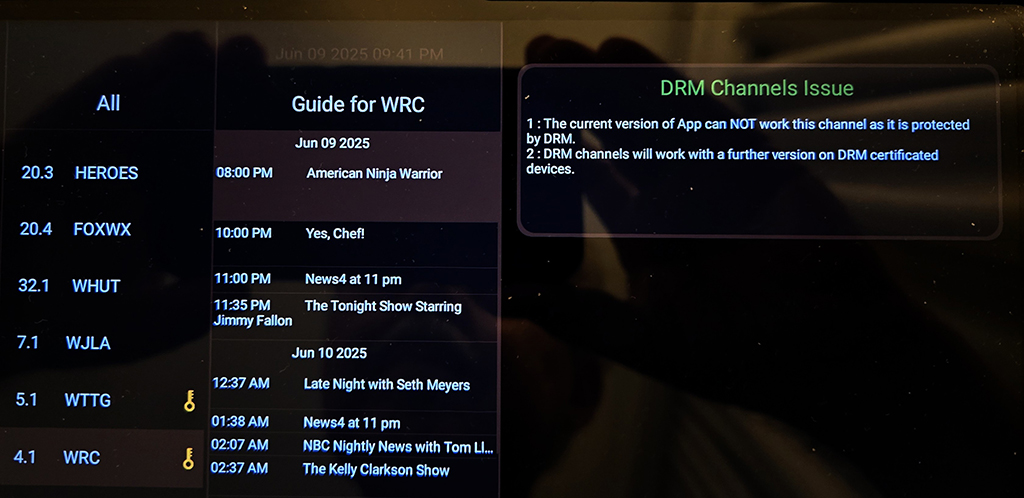
There was also discussion of improvements to 5G Broadcast, which is based on LTE technology, to incorporate some of the tools, such as interleaving, that make ATSC 3.0 more robust in upcoming 3GPP releases.
Before NAB Show, HC2 Broadcasting requested permission from the FCC to use 5G Broadcast on its LPTV stations. “SuperFrank” Copsidas recently received a construction permit to move his LPTV in San Diego from VHF to a UHF channel. Considering Qualcomm’s location in San Diego, I would expect him to request approval to use 5G Broadcast on that station after the move.
We will likely see more 5G Broadcasts on the air before next year’s NAB Show. The question, of course, is how many phones will be able to receive it and when will they be available? I’m using a $59 ATSC 3.0 USB tuner from eBay with my Samsung S24 now. While not yet available in the U.S., One Media has shown dongles and phones with ATSC 3.0 reception for a few years now.
New NextGen TV Tuner Tested
Back to my ATSC 3.0 phone: It is the GTMedia HDTV Mate ATSC 3.0 USB tuner (check Amazon, eBay and Aliexpress; price and availability may have changed since tariffs were imposed; I currently see unit prices from $40-$70). I had good results with it at the NAB Show and was able to pick up the Black Mountain ATSC 3.0 transmission in both the West Hall Food Court and behind the ATSC booth in the West Hall.
It was encouraging to see more real-world ATSC 3.0 issues being discussed at the show.”
The device worked fine on my Samsung S24; the tuner was able to receive both ATSC 3.0 stations in Washington, D.C., WIAV-CD and WHUT-TV. The device uses the Sony tuner/demodulator chip; ATSC 1.0 performance is excellent. The HDTV Player app is the best Android tuner app I’ve seen, allowing tuning directly to a specific channel. Signal level in dBm and SNR in dB are displayed numerically and on bar graphs.
At present, the app only works on Android devices. It does not support content protection, although after tuning to a protected stream it displays a message indicating “DRM channels will work with a further version on DRM-certificated devices.”
In my next column, I’ll return to a popular topic—TV receive antennas. Like many of you, I often get asked to recommend an antenna. However, instead of focusing on specific antenna makes and models, I’ll show you how to use physics to evaluate a receive antenna not by its miles of coverage, but by its looks.
As always, your comments and questions are welcome! Email me at
dlung@transmitter.com.
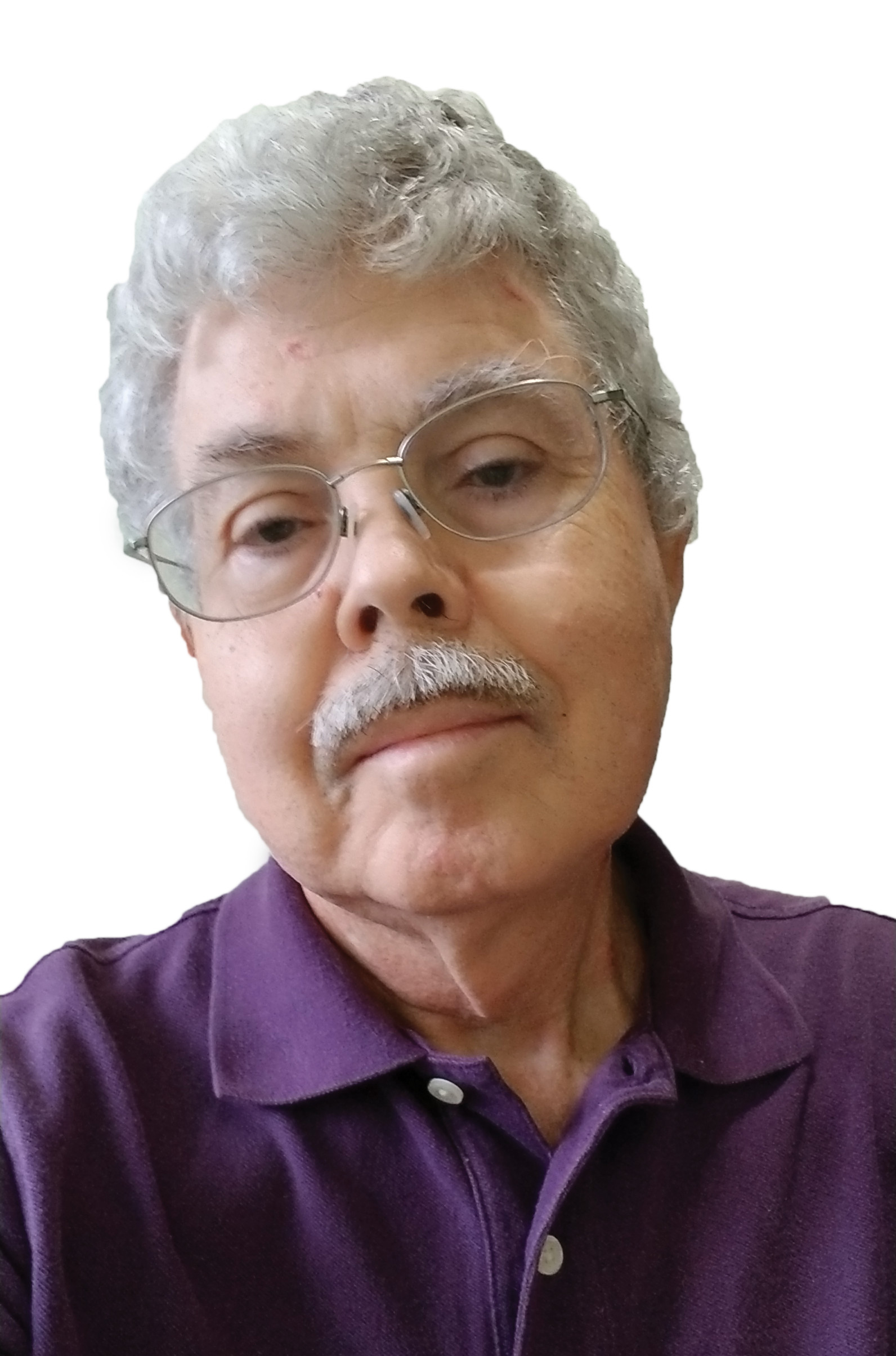
Doug Lung is one of America's foremost authorities on broadcast RF technology. As vice president of Broadcast Technology for NBCUniversal Local, H. Douglas Lung leads NBC and Telemundo-owned stations’ RF and transmission affairs, including microwave, radars, satellite uplinks, and FCC technical filings. Beginning his career in 1976 at KSCI in Los Angeles, Lung has nearly 50 years of experience in broadcast television engineering. Beginning in 1985, he led the engineering department for what was to become the Telemundo network and station group, assisting in the design, construction and installation of the company’s broadcast and cable facilities. Other projects include work on the launch of Hawaii’s first UHF TV station, the rollout and testing of the ATSC mobile-handheld standard, and software development related to the incentive auction TV spectrum repack. A longtime columnist for TV Technology, Doug is also a regular contributor to IEEE Broadcast Technology. He is the recipient of the 2023 NAB Television Engineering Award. He also received a Tech Leadership Award from TV Tech publisher Future plc in 2021 and is a member of the IEEE Broadcast Technology Society and the Society of Broadcast Engineers.
